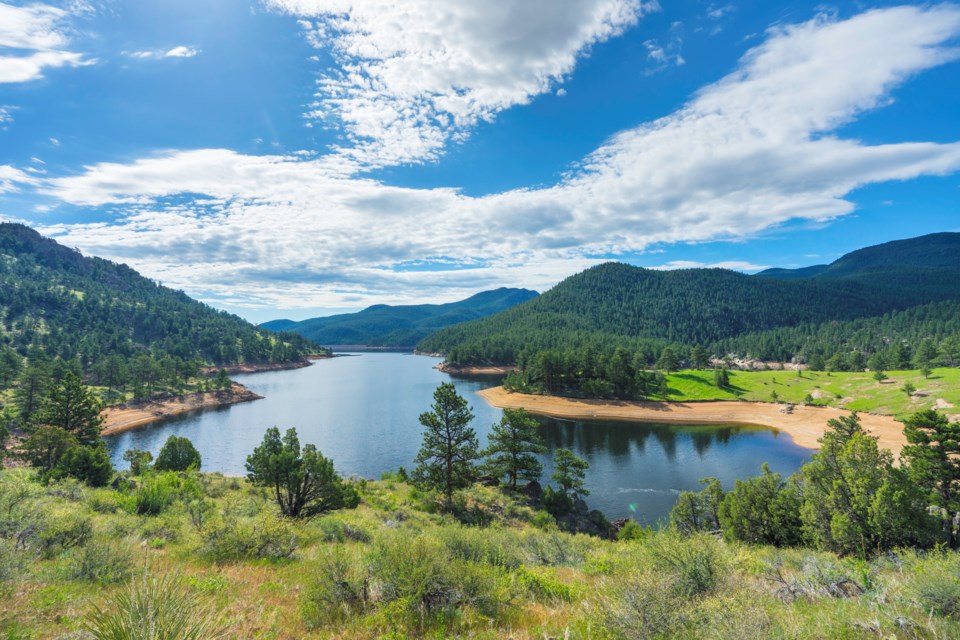A regional collaboration will soon take public feedback on how to improve the health of the St. Vrain watershed in an effort different from anything the Roosevelt National Forest has ever done.
The Roosevelt National Forest and St. Vrain Forest Health Partnership are working on a shared vision, called the St. Vrain Forest Health Project, to achieve a healthy watershed that is resilient to wildfire while protecting communities, water supplies and diverse native plants and wildlife.
The project will integrate partners and community members to implement cross-jurisdictional, landscape-scale forest restoration in the St. Vrain Watershed. The intention is to prepare the landscape and community for wildland fire as a natural part of the ecosystem through collaboration at every step.
“Preparing for wildfires by minimizing their impacts to shared values at risk while utilizing the best available science and community input fosters shared responsibility,” the website for the project said. “This project addresses the need to improve forest health and resilience and to create fire adapted communities.”
The project boundaries include the northern half of the Boulder Ranger District in western Boulder County and the southeastern portion of Canyon Lakes Ranger District in Larimer County, just over 100,000 acres in size. About 65% of that is Forest Service land, while the remaining is divided between state, local and private ownership — though the proposal would only authorize action on national forest land.
As observed in recent years and driven by climate change, wildfires are spreading faster and burning larger areas at higher severities. These events are becoming more frequent and affecting mountain towns and cities across the Front Range.
“We know humans cannot stop a fire during 100 mph winds or a fire that moves 20 miles in an hour and crosses the Continental Divide,” Forest Service officials said in a release. “There is no forest management project that will ‘protect’ our communities from wildfire in those conditions, and many people who live in the interface of wildlands accept that risk.”
Officials emphasized that work can be done to prepare communities and landscapes to be resilient to wildfire. The project pushes to reverse the negative impacts of fire suppression by fostering more diversity in habitats and giving landscapes a better chance at recovery from fire.
There’s also a growing understanding of how interconnected communities are with these fire events, as a fire in Grand County impacts Front Range water supplies or a fire in the upper St. Vrain Watershed impacts Longmont. The project intends to collaborate beyond jurisdictional boundaries to treat at a landscape level.
“We can bring fire back in managed ways to benefit the ecosystem,” the release said. “We can prepare our communities and watersheds for changing climates.”
See an overview of the project through an interactive story map here. Forest Service materials are available for review and comment here. The initial public comment period for the project will be open June 8 through July 8.



